From Tolkien to Kay – What Writers Can Learn About Epic Fantasy Storytelling.
When I first started out as a writer, I had a very specific vision: “Someday, I’m going to write the ultimate fantasy novel!” It was the dream, my mountaintop goal.
After all, what’s more iconic, more legendary in the world of storytelling than the epic fantasies of J.R.R. Tolkien? Middle-earth! Hobbits! The One Ring! For years, The Lord of the Rings was my gold standard, the story I held in my head as the pinnacle of what fantasy could be.
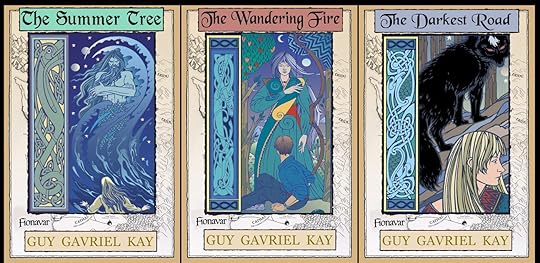 But here’s the thing: the more I explored the genre, the more I realized there’s a whole world of epic fantasy that goes far beyond the borders of Tolkien’s Middle-earth. And let me tell you—one book series in particular completely stole my heart: The Fionavar Tapestry by Guy Gavriel Kay.
But here’s the thing: the more I explored the genre, the more I realized there’s a whole world of epic fantasy that goes far beyond the borders of Tolkien’s Middle-earth. And let me tell you—one book series in particular completely stole my heart: The Fionavar Tapestry by Guy Gavriel Kay.
Have you ever fallen so hard for a story that you can’t stop thinking about it? That’s what Kay’s work did to me.
Let’s be real, The Lord of the Rings is iconic, but The Fionavar Tapestry? It’s like stepping into a whole other dimension of fantasy—one that’s familiar yet incredibly different.
So, if you’re a fantasy writer like me (or just a fan of epic tales), buckle up! Because I’m about to break down the differences between these two beloved series and share what you can learn to level up your own fantasy writing.
Similarities – Where Tolkien and Kay Shake Hands.Before we dive into the juicy differences, let’s talk about what these two series have in common.
Both The Lord of the Rings and The Fionavar Tapestry deliver everything you’d expect from high fantasy: vast worlds, epic battles, and rich mythologies drawn from the ancient legends of Earth.
Tolkien draws heavily from Norse, Anglo-Saxon, and Arthurian lore. Meanwhile, Kay casts a wider net, weaving in Celtic, Greek, and even Arthurian legends too. Both stories revolve around a core group of ordinary people thrust into an extraordinary, world-saving quest—classic fantasy vibes, right?
However, Kay has a unique connection to Tolkien’s legacy—he worked with Christopher Tolkien to help edit The Silmarillion.
So it’s no surprise that The Fionavar Tapestry feels like an homage to the great professor himself. But Kay didn’t stop at honouring Tolkien—he built something new, fresh, and emotionally resonant.
And here’s where things start to get fun for us writers.
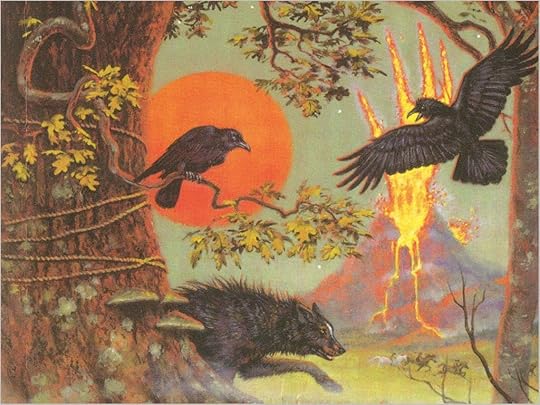
#1 – Mixing Real Life with Fantasy? Do It!
Tolkien’s Middle-earth is an entirely separate universe—no pesky humans from the real world to be found.
But Kay? He’s like, “Let’s shake things up!” His story kicks off with five regular university students from Canada who are whisked away into the magical world of Fionavar.
Modern kids navigating an ancient, myth-soaked realm? Yes, please! It adds a level of immediacy and connection that makes the magic feel even more, well, magical.
Writing Tip – Don’t be afraid to ground your fantasy world with relatable, real-world elements. Bringing characters (and readers) from the familiar into the fantastical can make the transition feel more immersive.
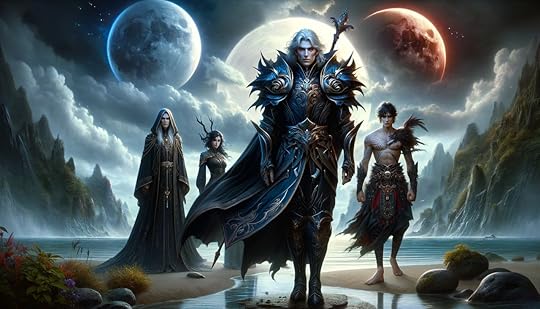 #2 – Make Your Characters Messy (In the Best Way!)
#2 – Make Your Characters Messy (In the Best Way!)
While Tolkien’s characters are often archetypes—the brave king (Aragon), the humble hero (Frodo), the wise wizard (Gandalf).
Kay’s characters are, let’s say, a bit more… complicated.
Take Paul, one of Kay’s protagonists. He’s not just out to save the world—he’s grappling with immense grief, guilt, and self-sacrifice on a deeply personal level. In fact, he literally becomes the Twiceborn, a sacrifice to save Fionavar.
His struggle with fate and free will? It’ll break your heart.
Writing Tip: In today’s fantasy, readers crave characters that feel human. Give them flaws. Let them wrestle with guilt, grief, and big moral dilemmas. It’s the inner emotional battles that make the outer world-saving feel that much more real.
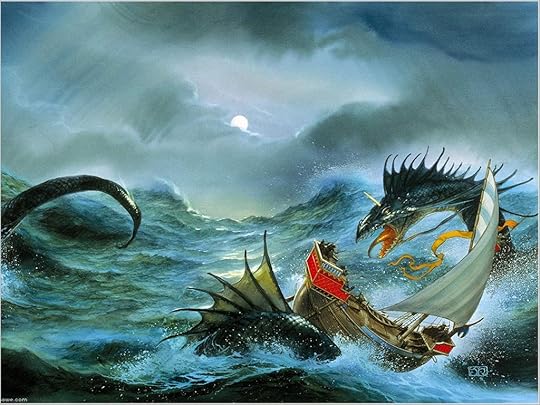
#3 – Keep the Action Moving (Your Readers Will Thank You!)
Let’s be honest—Tolkien takes his sweet time. There are entire chapters dedicated to the beauty of landscapes or the history of Gondor.
And while that’s great if you’re in it for the long haul, today’s readers often want a bit more zip. Kay doesn’t waste time.
His pacing is tight, balancing character drama with action and plot momentum. One minute you’re heartbroken over a character’s sacrifice, and the next you’re knee-deep in a magical war.
Writing Tip: Keep your world-building detailed, but don’t lose your readers in exposition. The stakes should stay high, with character actions driving the story forward.
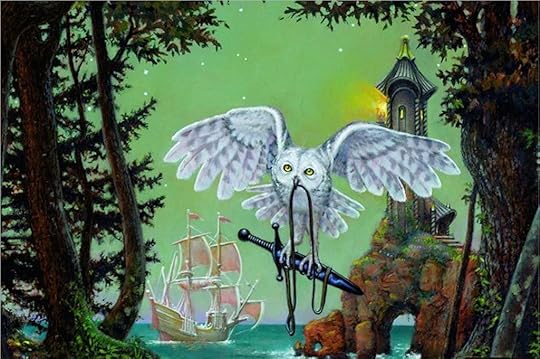
#4 – Sacrifice Hits Harder When It’s Personal.
Both Tolkien and Kay explore the theme of sacrifice, but Kay really digs deep into the emotional cost.
Every decision, no matter how small, feels like it has world-altering weight. The sacrifices in The Fionavar Tapestry aren’t just epic in scope—they’re personal, raw, and make you feel like your heart’s been squeezed.
Writing Tip: Don’t just think of sacrifice in terms of epic battles. Consider what your characters are giving up emotionally—relationships, dreams, their very sense of self.
When the emotional stakes are high, the payoff is huge.
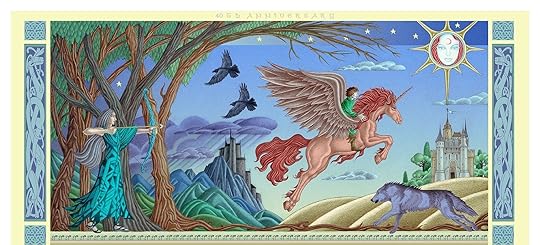
#5 – Myth and Magic—Play it Your Way.
Tolkien’s magic is mysterious and understated. You’re never really sure what Gandalf’s full power is, and the One Ring’s evil is ancient and unknowable.
Kay, on the other hand, leans into mythic archetypes. You’ve got Finn, a version of the Celtic hero Fionn mac Cumhaill, and Arthur Pendragon as literal characters walking through his story. The magic feels deeply tied to the myth, bringing these ancient stories into the present moment.
Writing Tip: Whether you prefer your magic subtle or rooted in myth, make sure it serves the story. It should enhance the world and themes, not overshadow them.
In Conclusion – Both The Lord of the Rings and The Fionavar Tapestry are masterclasses in fantasy writing. Tolkien teaches us patience in world-building and the power of myth, while Kay shows us how to blend the familiar with the fantastical, create deep, flawed characters, and keep the emotional stakes sky-high.
If you’re crafting your own fantasy epic, take a bit from both—balance your scope, dive deep into your characters, and always remember that the emotional weight of your story is what will make readers care.
Now, go forth and write your fantasy masterpiece! And don’t be afraid to play with the tropes, mix genres, and—most importantly—make it yours.
Now it’s YOUR turn – What are some of your favorite fantasy stories, and what lessons have they taught you?
Would love to get your input in the comment box below.
The post From Tolkien to Kay – What Writers Can Learn About Epic Fantasy Storytelling. appeared first on Vered Neta.



